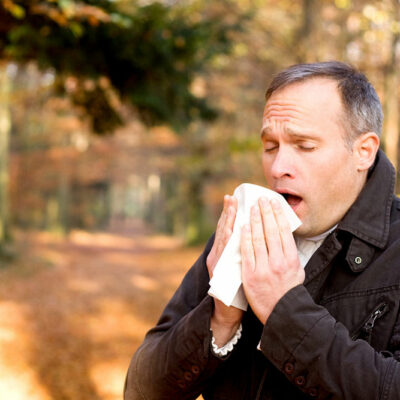
Things to know about a credit card financial hardship program
Financial challenges can be difficult to overcome sometimes, especially when one has debts to pay off and other financial responsibilities. One such constraint may be a credit card bill that needs to be paid off by the due date to avoid penalties and maintain a credit score. Fortunately, many financial institutions offer credit card financial hardship programs to help in such situations. Being aware of such programs helps one seek much-needed support during testing times. What are credit card financial hardship programs? A credit card financial hardship program is an initiative to help cardholders needing temporary assistance, such as temporarily reducing interest rates, payment extensions, and late fee waivers. Sometimes, the individual’s due payment may be suspended under certain conditions. In general, if one’s credit scores and payment records have been good, there is a higher chance of being given the waivers and benefits applicable to such programs. Who can apply for a credit card financial hardship program, and how to qualify for it? A credit card financial hardship program is generally suitable for those currently going through a difficult financial situation and cannot afford to pay their impending credit card bill on time. Depending on the circumstances and the program’s policy offered by the specific financial institution, they may either avail of a deadline extension or even a waiver or suspension.
Read Article 









